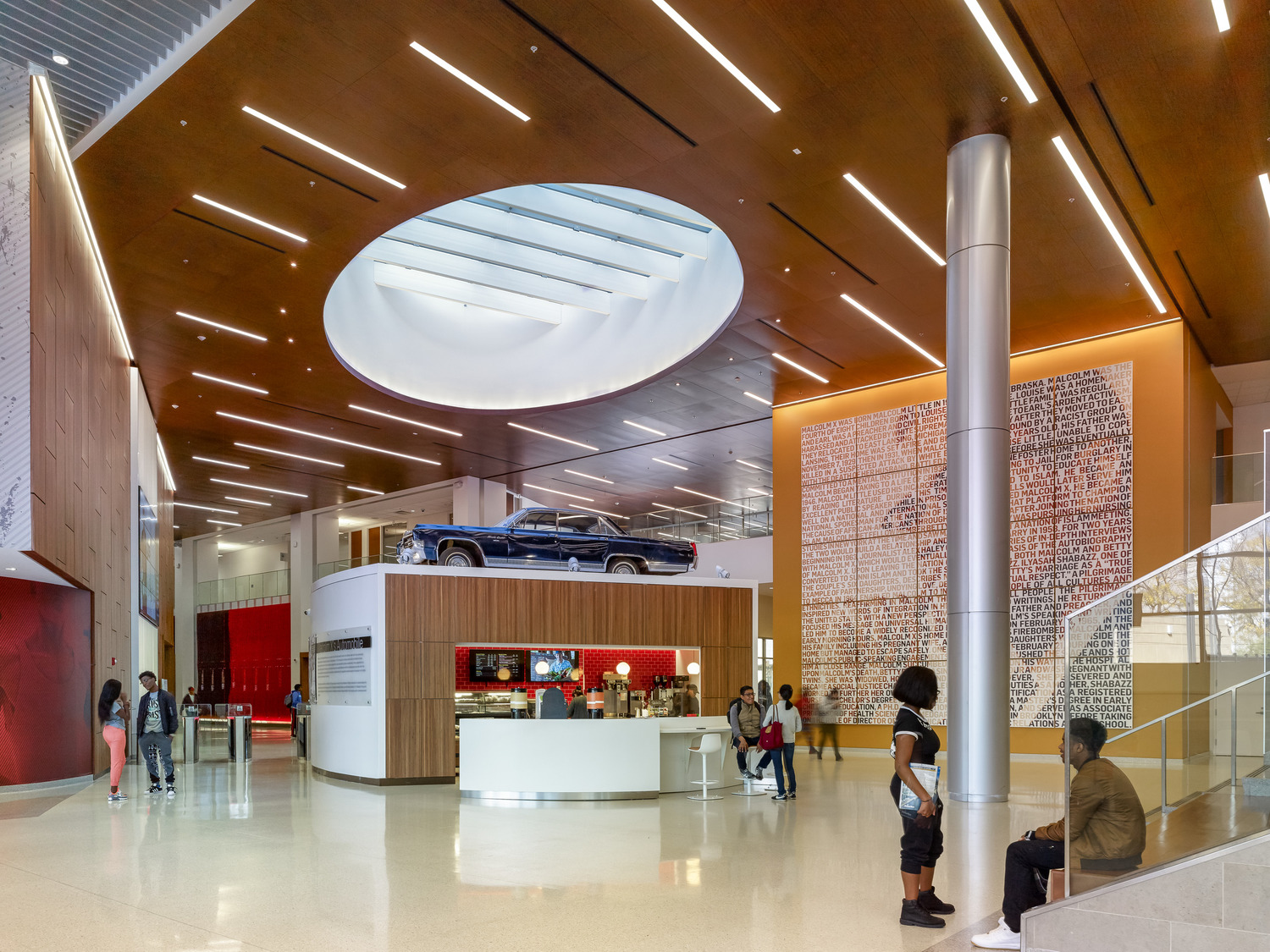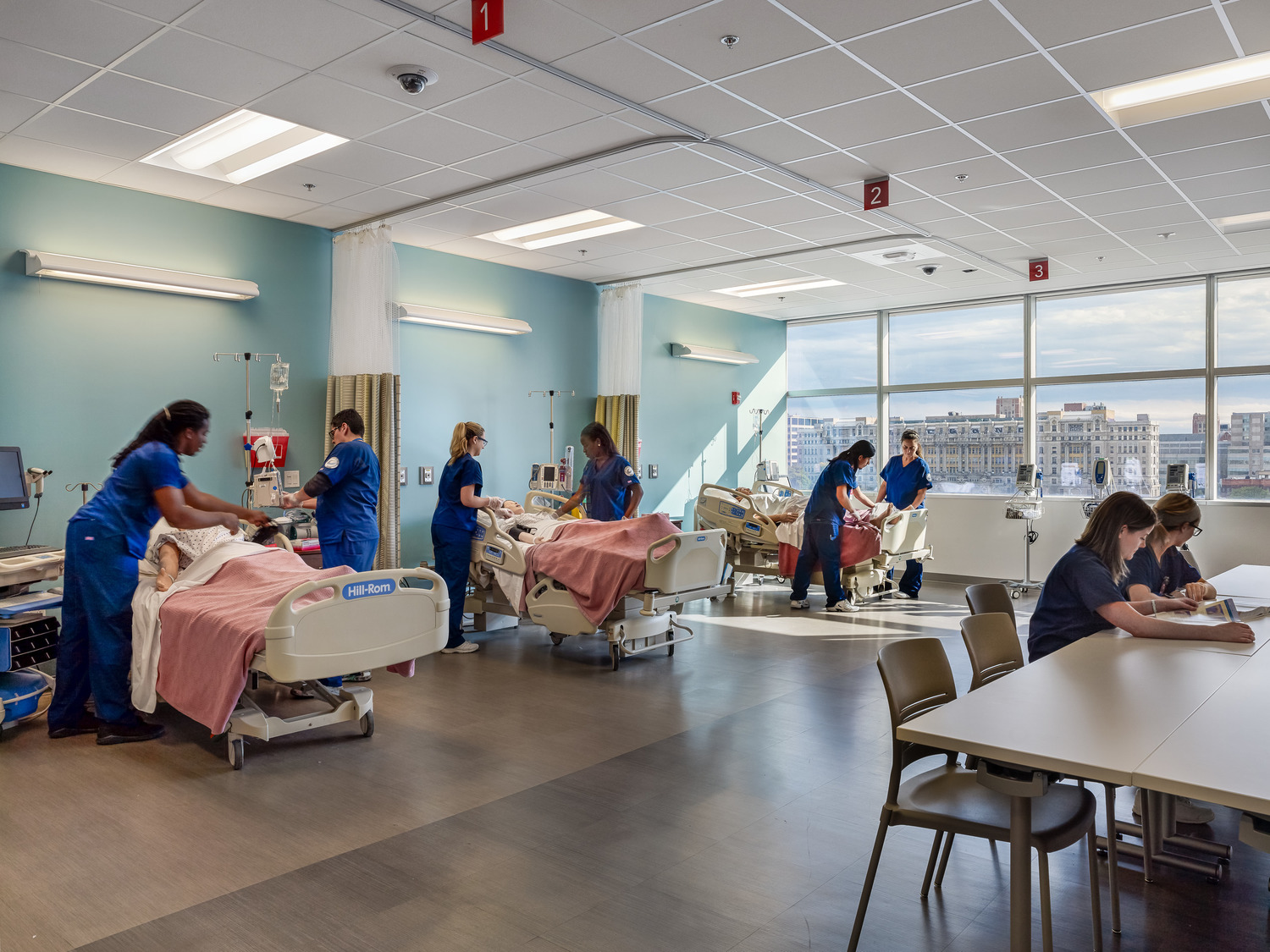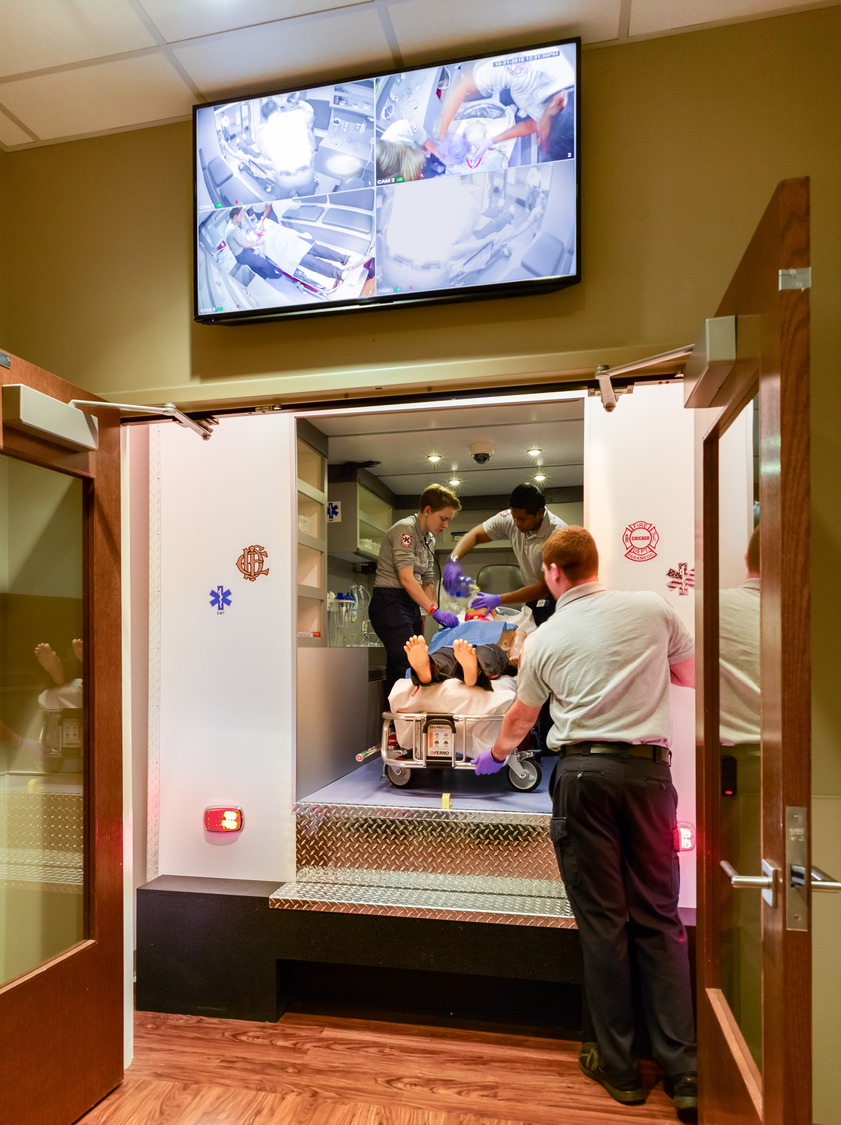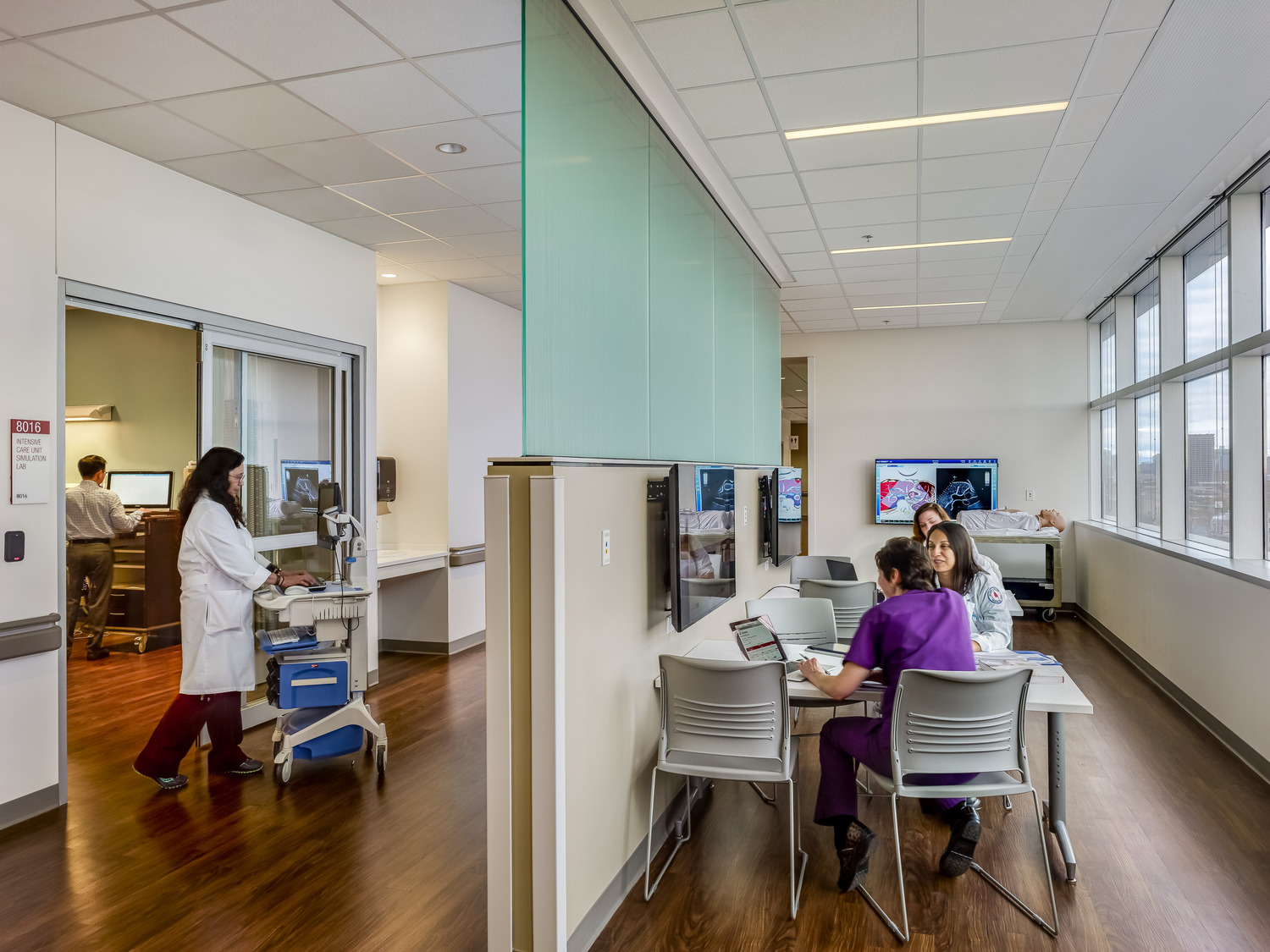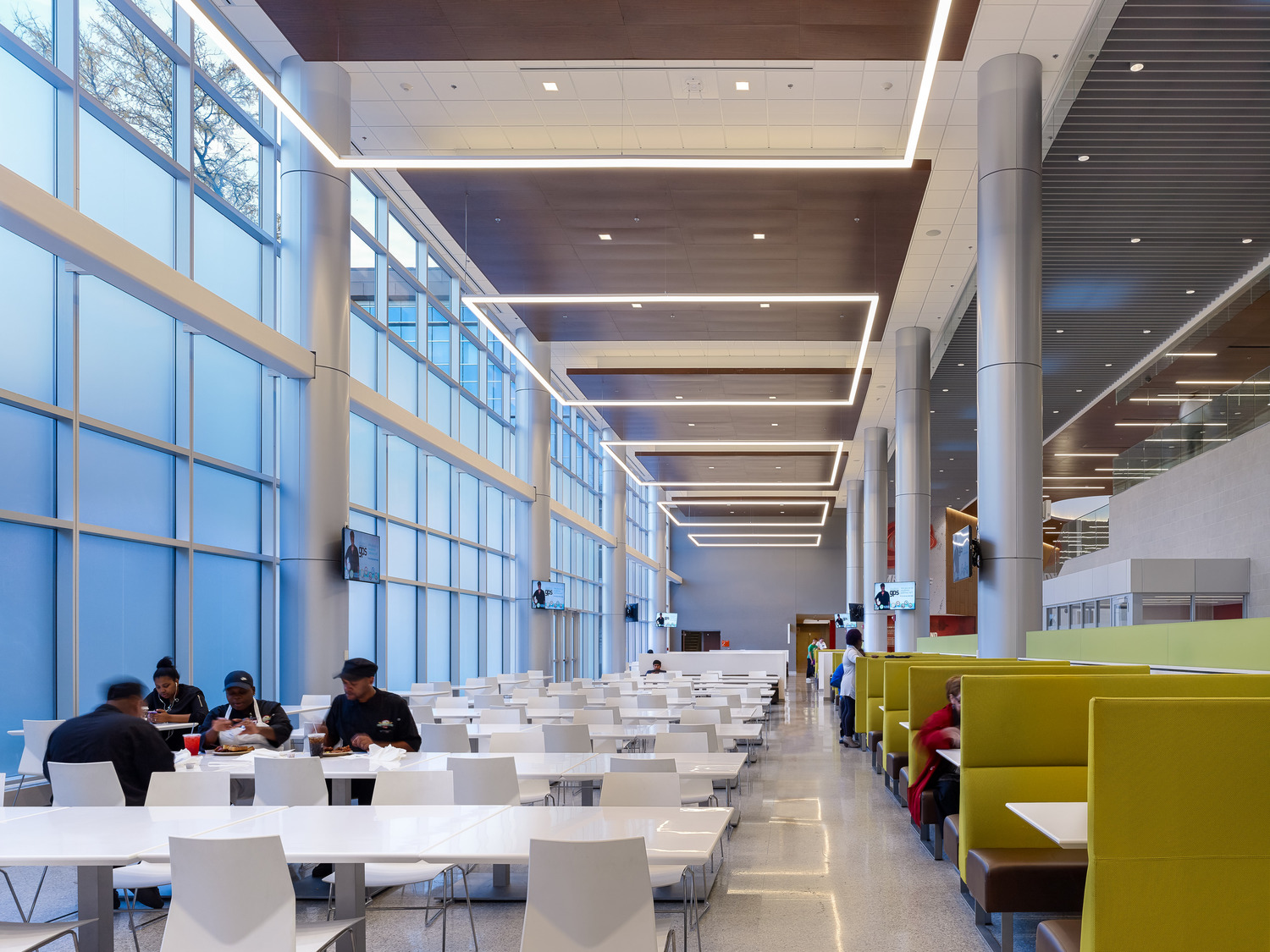Serving the underserved by creating a pipeline for life-sustaining careers
Amid income polarization, accelerated costs of higher education and an increasingly competitive job market, community colleges are a beacon of light and opportunity for underserved students and their surrounding communities. They offer accessible education and career training, and are often gateways to four-year colleges. Schools like Malcolm X College show why it’s crucial to continue supporting community colleges and the students and communities they serve.
Located on the West Side of Chicago and part of the City Colleges of Chicago network, Malcolm X College is a healthcare hub that offers education and training across various certificate medical science programs. It was created in direct response to the gap between the current market of qualified healthcare professionals and the projected 84,000 healthcare jobs set to come online in the Chicago region over the next decade.
To ensure the facility was as valuable as possible to students and the surrounding community, our team collaborated extensively with the college and local healthcare organizations on ethnographic research and engagement efforts. We even had members of our team embed themselves as students to understand the student experience and create a design that enriches their future. Workshops, town halls and community-engagement forums allowed the voices of students to be elevated so we could address their needs.
All of these efforts informed the final building design. The future-focused facility houses general classroom spaces, but also simulation spaces designed to mimic real-life clinical areas. There are exam rooms with computers wired to a database filled with hypothetical patient records. There are pediatric wards, an emergency room, and a mock living room for home healthcare providers and paramedics in training. There’s also a set of doors that open to the end of an ambulance to practice transporting patients in emergency settings. To support student engagement outside of the classroom, the building includes community spaces that encourage students to stay and linger, including a cafeteria, student union, a daycare center, academic support services and a library.
The building is already delivering on its promise to drive economic mobility and generate pathways to success—graduation rates have tripled since 2015 (and doubled in the two years since the new facility opened), its nursing program recently earned accreditation and health science programs are at a pass rate of 90 percent or better. The school continues to make a positive impact on its students and within the city of Chicago.

